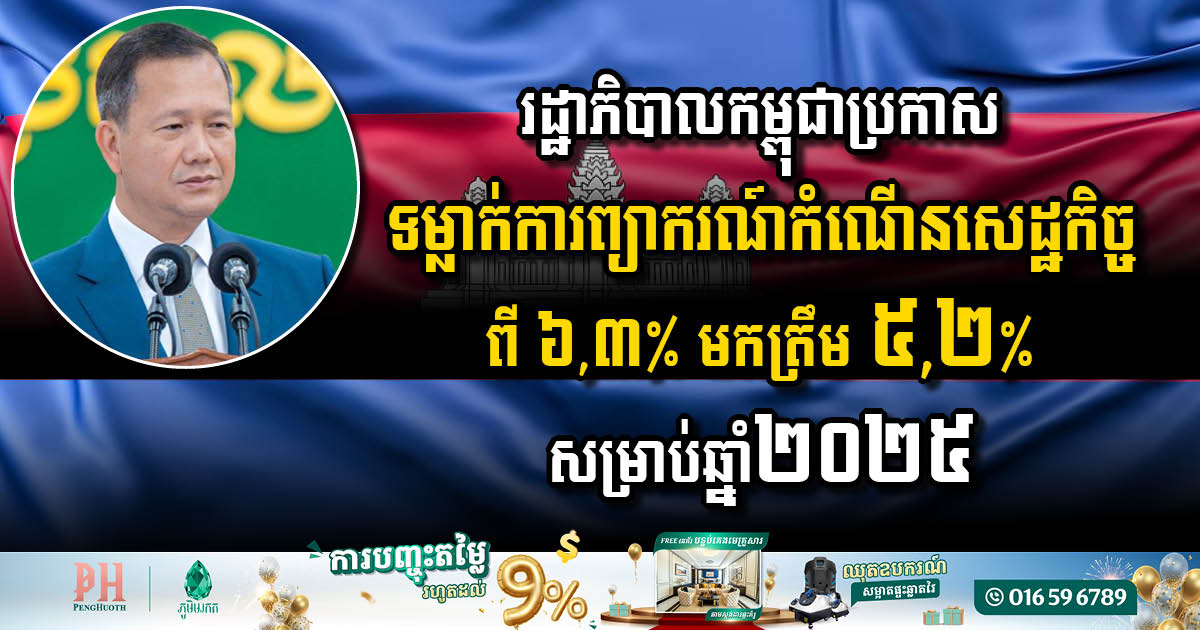World Bank Lowers Cambodia’s Economic Growth Forecast to 4% for 2025 Amid Global Challenges
In a pivotal update on Cambodia’s economic landscape, the World Bank has downgraded its growth forecast for 2025 from a promising 5.5% to a more tempered 4%. This revision, announced on June 11, reflects a broader pattern acknowledged by both the Cambodian government and the ASEAN+3 Macroeconomic Research Office (AMRO), as they pinpoint similar trends […]
Cambodia Should Navigate Rising Global Uncertainty with a Multifaceted and Coordinated Policy Strategy
Cambodia’s economic growth accelerated to 6.0 percent in 2024 from 5.0 percent in 2023, driven by a strong rebound in the garment sector. However, in light of unexpectedly high US tariffs, growth is expected to decelerate to 4.9 percent in 2025, due to its heavy reliance on exports to the US. A coordinated and multifaceted […]
China’s Steel Exports to ASEAN Surge, Sparking Concerns Among Regional Producers
In a significant development for the steel industry, China’s steel exports to ASEAN countries have skyrocketed in the first quarter of 2025, reaching 36.55 million tons. This figure constitutes approximately 70% of China’s total steel exports and marks a staggering 32% increase year on year, according to a recent report by Yieh News. The report […]
ADB Announces Ambitious Expansion of Financing to Tackle Regional Challenges
In a significant move to bolster development across the Asia-Pacific region, the Asian Development Bank (ADB) has unveiled plans to increase its annual financing capacity from USD 24 billion in 2024 to an impressive USD 36 billion by 2034. This 50% expansion aims to enhance ADB’s ability to address pressing regional issues and promote sustainable […]



 ខ្មែរ
ខ្មែរ





